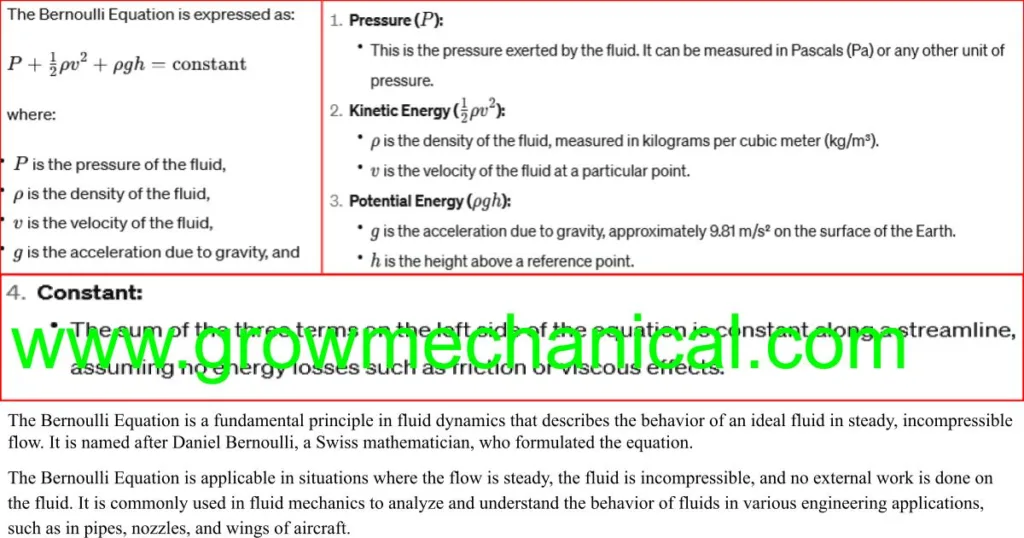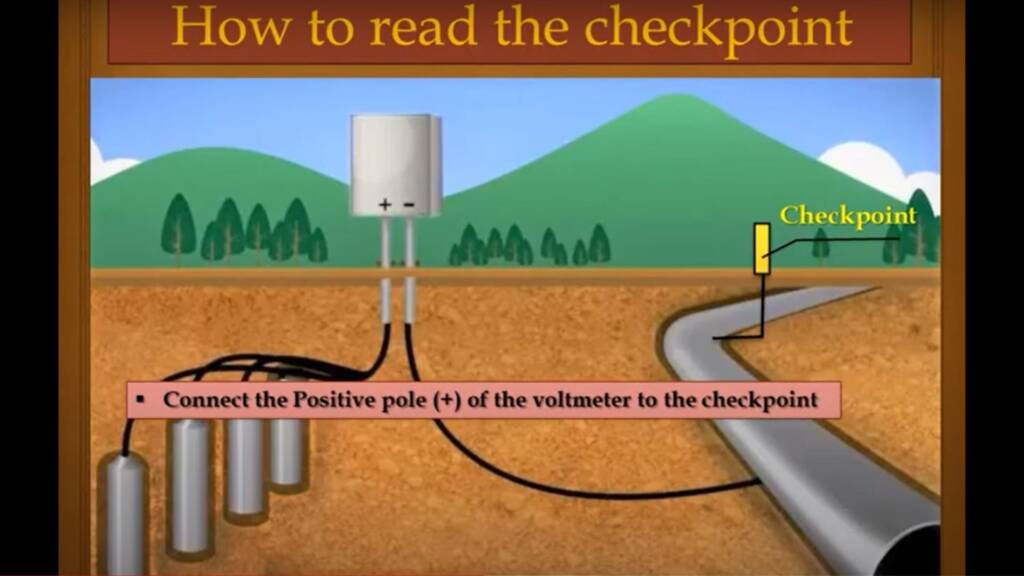The Power of the Bernoulli Principle
Did you know that the laws of physics can explain how airplanes fly, how water flows in a river, and even how you breathe? It’s all thanks to the remarkable power of the Bernoulli Principle and the fascinating field of fluid dynamics. In this article, we will delve into the science behind the Bernoulli Principle and discover how it governs the behavior of fluids in motion.
Prepare to be amazed by the invisible forces that shape the world around us and learn how this powerful principle impacts our daily lives. Get ready for a journey into the mesmerizing realm of fluid mechanics!
Understanding Fluid Dynamics
Fluid dynamics means how fluids, both liquids and gases, behave when they are in motion. It is a branch of physics that explores the forces and pressures exerted by fluids as they flow, and it has applications in a wide range of fields, from engineering to medicine.
Bernoulli Principle, named after the Swiss scientist Daniel Bernoulli who first formulated it in the 18th century. This principle states that as the speed of a fluid increases, its pressure decreases. In other words, when a fluid is flowing rapidly, it exerts less pressure than when it is flowing slowly.
The Bernoulli Equation and Its Components
We need to explore the Bernoulli equation, which mathematically describes the relationship between fluid speed, pressure, and height. The equation is as follows:
This equation shows that the sum of the pressure, kinetic energy per unit volume, and potential energy per unit volume of a fluid remains constant along a streamline. In simpler terms, it means that as the speed of the fluid increases, either the pressure or the height must decrease to maintain the constant value.
Applications of the Bernoulli Principle in Everyday Life
The Bernoulli Principle has a wide range of applications in our everyday lives, many of which we may not even be aware of. Let’s explore a few examples to see how this principle influences various aspects of our daily experiences.
Airplanes:
The Bernoulli Principle is crucial in the flight of airplanes. As an airplane moves through the air, the shape of its wings causes the air to move faster over the top surface compared to the bottom surface. According to the Bernoulli Principle, faster-moving air creates lower pressure, resulting in higher pressure underneath the wings, providing lift and allowing the airplane to fly.
Water Fountains:
Water fountains operate on the Bernoulli Principle. As water flows through a narrow nozzle, its velocity increases, resulting in lower pressure according to Bernoulli’s equation. This lower pressure causes water to be drawn up from the reservoir, creating the characteristic upward stream of water seen in fountains.
Wind Turbines:
Wind turbines utilize the Bernoulli Principle to generate electricity. As wind flows over the blades of a turbine, it accelerates, creating an area of lower pressure. This pressure difference between the front and back of the blades causes them to rotate, driving the turbine’s generator and producing electricity.
The Role of the Bernoulli Principle in Plumbing Systems
In plumbing systems, the Bernoulli Principle plays a significant role in regulating fluid flow. For instance, when water travels through narrow pipes or fittings, its velocity increases, leading to a decrease in pressure according to Bernoulli’s Principle. This pressure drop enables efficient movement of water through the pipes and allows for the operation of various fixtures such as faucets, showers, and toilets.
Understanding the Bernoulli Principle
The Bernoulli Principle states that as the speed of a fluid increases, its pressure decreases, and vice versa, provided the fluid’s flow is steady and there is no external work being done on it. This principle is fundamental in fluid dynamics and is applied in various real-world scenarios, from explaining the lift of airplane wings to the operation of water fountains and plumbing systems. Understanding Bernoulli’s Principle helps engineers and scientists design efficient systems and devices across numerous fields, from aviation to hydraulics.

